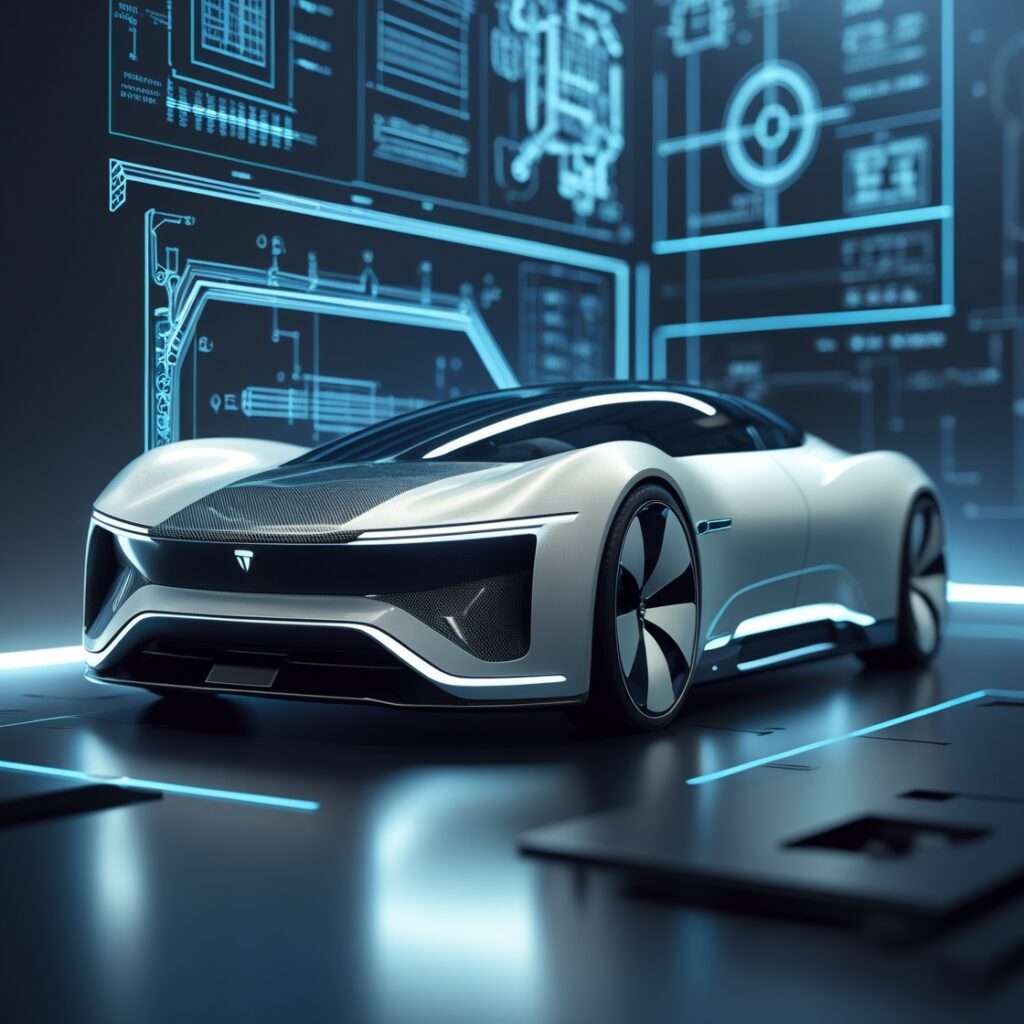Revolutionizing Energy and Design
The future of electric vehicles (EVs) is not only about better batteries or faster charging — it’s about smarter design. Enter Structural Battery Composites (SBCs), an innovation that transforms how energy storage systems are integrated into vehicles. Instead of merely being carried as dead weight, batteries can now become an active part of the vehicle’s structure, serving both as an energy source and a load-bearing component.
In this in-depth article, we explore the groundbreaking potential of structural battery composites in shaping the next wave of EV innovation. We’ll examine the underlying technology, its benefits, real-world applications, and how it positions the automotive industry for a lighter, stronger, and more energy-efficient future.
What Are Structural Battery Composites?
Structural battery composites are multifunctional materials that merge mechanical strength with electrochemical energy storage. In simple terms, they allow car parts like the chassis, panels, or frame to double as batteries.
Key Components:
- Carbon fiber layers that provide high mechanical strength.
- Polymer electrolytes that enable ionic conductivity.
- Lithium-ion or solid-state cells embedded within composite matrices.
This dual-purpose architecture eliminates the need for separate heavy battery packs and opens up design possibilities previously deemed impossible.
Why It Matters: The Technical Advantage

1. Weight Reduction
By embedding energy storage within the vehicle’s body, SBCs dramatically reduce overall vehicle mass, improving energy efficiency and range.
2. Structural Efficiency
Traditional batteries add weight without contributing to structural integrity. SBCs invert this paradigm by becoming load-bearing components.
3. Increased Range and Performance
Lighter vehicles mean longer range and better acceleration. Removing bulky battery packs from under the floor allows for better center of gravity and agility.
4. Thermal and Safety Integration
Advanced SBCs come with integrated thermal regulation and crash-resistance features, making them safer under extreme conditions.
How It Works: Inside a Structural Battery
Each SBC panel is built from a layered laminate structure:
- Outer layers: Carbon fiber sheets provide tensile strength.
- Inner core: Functions as a lithium-based battery with electrodes and electrolytes.
- Separator layers: Prevent short circuits and manage ionic flow.
Electric current flows through embedded conductors within the structure, while mechanical load is evenly distributed through fiber reinforcements.
Real-World Applications
1. Electric Cars
Tesla and Volvo have both expressed interest in this technology. Volvo, in collaboration with Chalmers University, has already built EV prototypes with SBC panels replacing traditional batteries.
2. Drones and Aerospace
Weight savings are crucial in aviation. Structural batteries can reduce payload and boost flight time in drones or electric aircraft.
3. Wearable Tech & IoT
Imagine smart devices where the battery is part of the case. This opens up ultra-thin, durable, and energy-efficient electronics.
4. Military and Tactical Equipment
Lighter gear with embedded power storage can significantly enhance mobility and endurance in the field.
Challenges to Overcome
While promising, SBC technology is not without hurdles:
- Lower energy density compared to traditional lithium-ion cells.
- Manufacturing complexity of composite materials.
- High costs due to carbon fiber and advanced polymers.
- Scalability issues in commercial automotive production.
However, ongoing research into solid-state electrolytes and recyclable composite materials could solve these issues.
Want to own the tech future? Mint this article as an NFT and immortalize your stake in the EV evolution. Only on Zora

Conclusion
Structural Battery Composites aren’t just a cool idea — they represent a fundamental shift in how we design and power electric vehicles. By combining energy storage with structural functionality, SBCs could lead to lighter, faster, and more sustainable transportation systems.
As automotive and tech industries continue to chase efficiency, the integration of battery and body is no longer optional — it’s inevitable. And it starts now.
Written by: Chiheb for drtechlog.com — Human-Driven Tech Analysis



